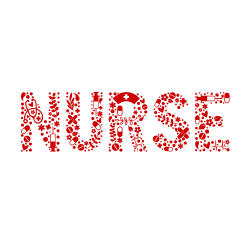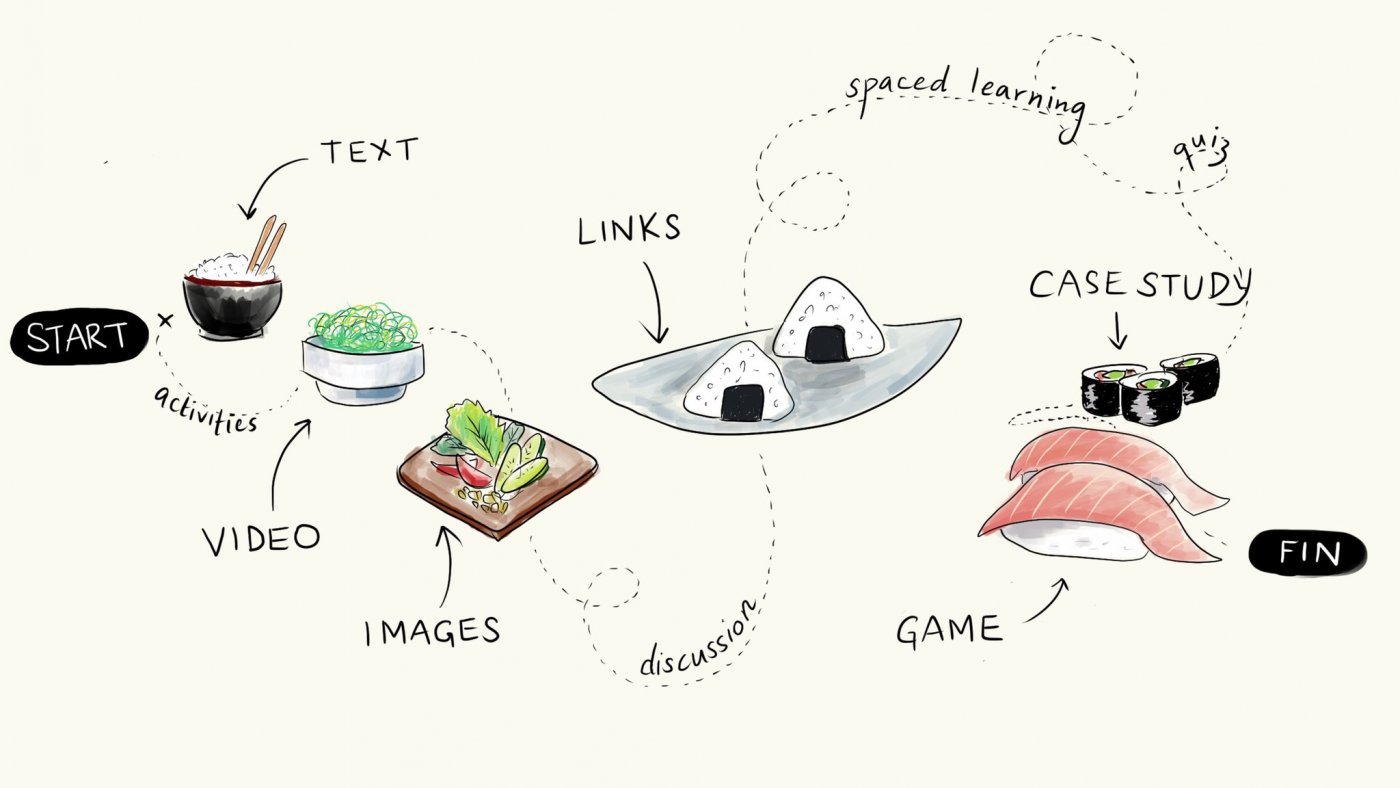CELLS!!!!!!!
- Read more about CELLS!!!!!!!
- Log in or register to post comments
- 338 views

It's awe-inspiring to think that the trillions of cells in our bodies work in harmony to keep us alive and well. Each cell is unique and specialized, with a specific role to play in maintaining our health and wellbeing. From the neurons in our brains that allow us to think and feel, to the muscle cells that allow us to move and exercise - every cell is crucial to our overall health.
As we continue to learn more about the incredible power of cells, we are constantly reminded of their importance and potential. The future of medicine and healthcare lies in our ability to harness the power of cells to heal and regenerate damaged tissues and organs. With advancements in stem cell research and regenerative medicine, we are on the cusp of a new era in healthcare - one that is centered around the incredible potential of cells.
So let us take a moment to appreciate these remarkable entities that make up our bodies and keep us healthy and alive. Let us marvel at their complexity and celebrate their importance. The cells in our bodies may be small, but their impact on our health and well-being is truly immeasurable. Half work done by Grammarly woohoo for Grammarly you can try it, it is amazing
Login or register to share your adaptations.
List of adaptions
Be the first to add your adaptation here!
Login or register to engage in the review and feedback process.
Reviews and Feedback
Be the first to review!







Comments
Be the first to comment!